


Welcome to the ultimate guide to UNESCO World Heritage Sites! In this article, we will explore the fascinating world of UNESCO World Heritage Sites, their significance, and their impact on our planet. Whether you’re a seasoned traveller or simply curious about the wonders of the world, this guide will provide you with valuable insights and information. So, let’s dive in!
Before we explore UNESCO World Heritage Sites, we must first understand what UNESCO itself is!
UNESCO is one of the driving forces behind the preservation of our planet’s most precious treasures. UNESCO was born in 1945 after the tumultuous years of World War II.
This specialized agency of the United Nations seeks to bridge cultures, champion education, promote scientific cooperation, and protect cultural heritage. You could say one of UNESCO’s other missions is to build peace and understanding in the minds of men, women, and children through education, science, culture, and communication!

UNESCO wears many hats on the global stage. From ensuring quality education for all to supporting scientific research, this organization’s impact is far-reaching.
They nurture cultural diversity, safeguard endangered languages, and empower the media to be a catalyst for positive change. By championing access to information and press freedom, UNESCO helps us build stronger, more informed societies.
And through programs that promote gender equality, advance environmental sustainability, and encourage intercultural dialogue, UNESCO is an engine of progress for humanity!
UNESCO stands for the United Nations Educational, Scientific and Cultural Organization.
Quite a mouthful, isn’t it? But behind that long name lies a powerful commitment to fostering understanding and cooperation among nations. UNESCO’s work transcends borders and differences, reminding us of our shared human heritage and the need to protect it for future generations.
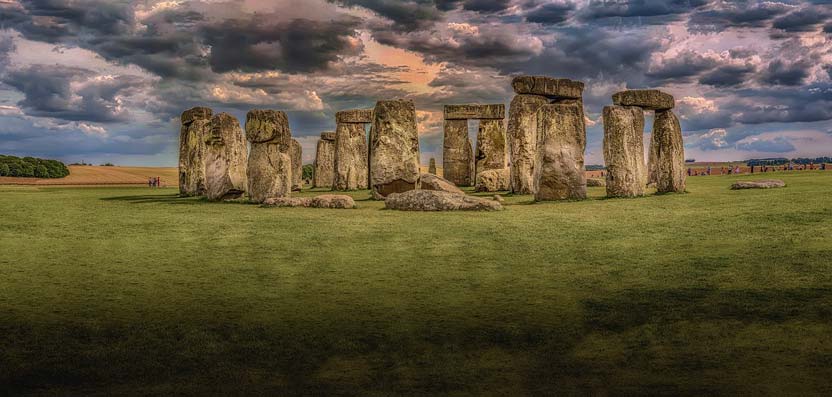
Now that we know what UNESCO is we can delve further into what UNESCO World Heritage Sites are as a whole!
A UNESCO World Heritage Site is a place of exceptional cultural or natural importance that is recognized by UNESCO. These Sites are considered to have outstanding universal value and are protected to ensure their preservation.
They represent the diversity and richness of our planet’s heritage, serving as a testament to human creativity, ingenuity, and the beauty of the natural world!
UNESCO World Heritage Sites can be categorized into three main types: cultural, natural, and mixed.
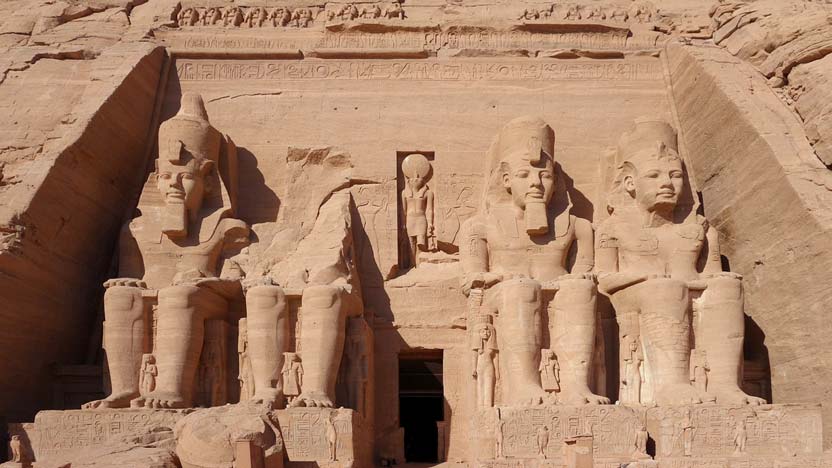
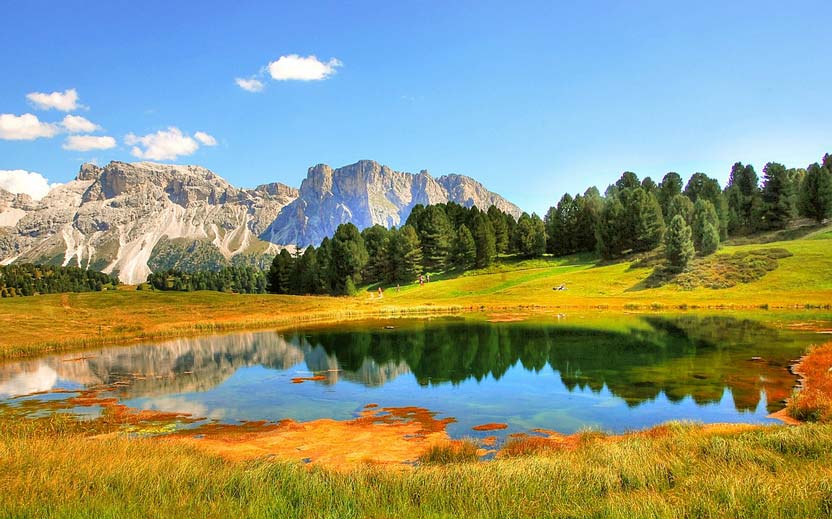
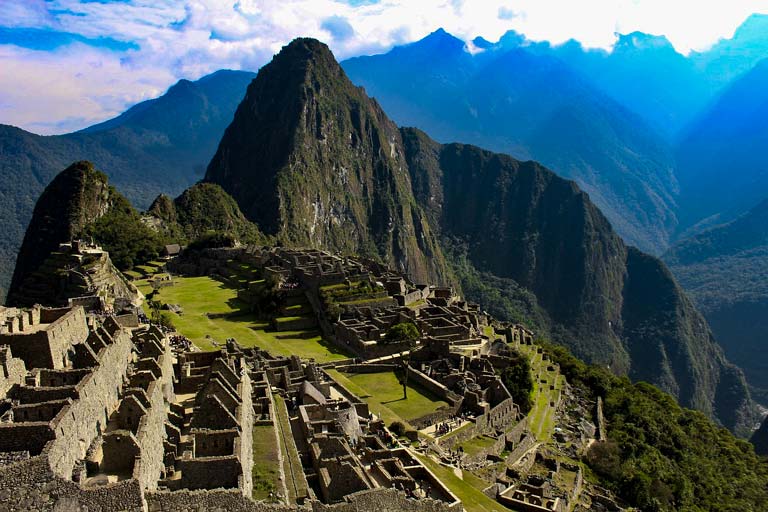
As of August 2023, there are a total of 1,157 UNESCO World Heritage Sites spread across the globe.
These sites are located across 167 different countries and each features its own unique story to tell. Among these sites, 900 are cultural, 218 are natural, and 39 are mixed, offering a diverse range of experiences for visitors!
Italy takes the lead with the highest number of UNESCO World Heritage Sites, boasting an impressive 58 Sites! From the historic city of Rome to the stunning Amalfi Coast, Italy’s cultural and natural treasures are a testament to its rich history and beauty.
China comes in second with 56 Sites, including the Great Wall of China and the Forbidden City. Spain follows closely with 48 Sites, showcasing its architectural marvels and cultural heritage.
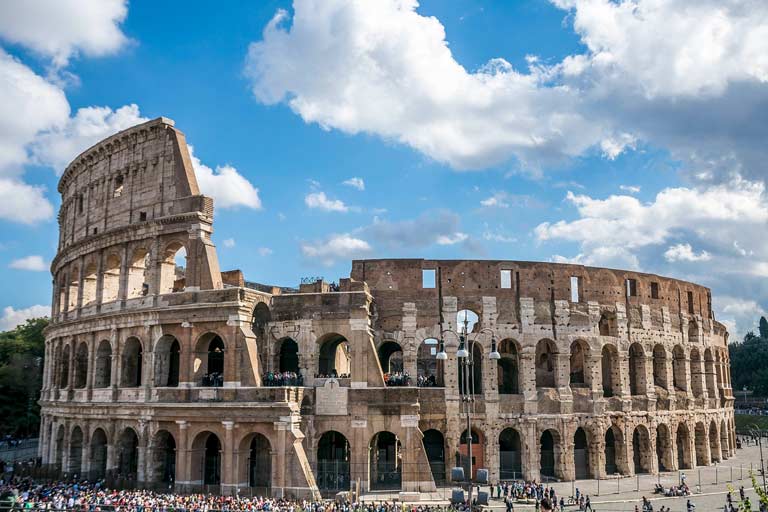
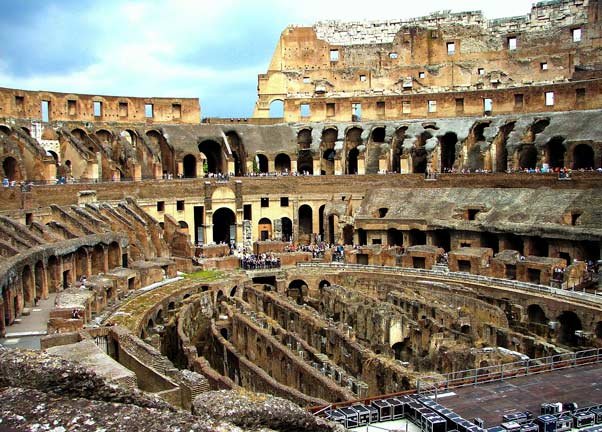
When it comes to cities with the highest number of UNESCO World Heritage Sites, Kyoto in Japan takes the crown with 17 Sites! This ancient city is home to stunning temples, traditional gardens, and historic districts that offer a glimpse into Japan’s rich cultural heritage.
Other cities with a significant number of UNESCO World Heritage Sites include Rome in Italy, Paris in France, and Cairo in Egypt.
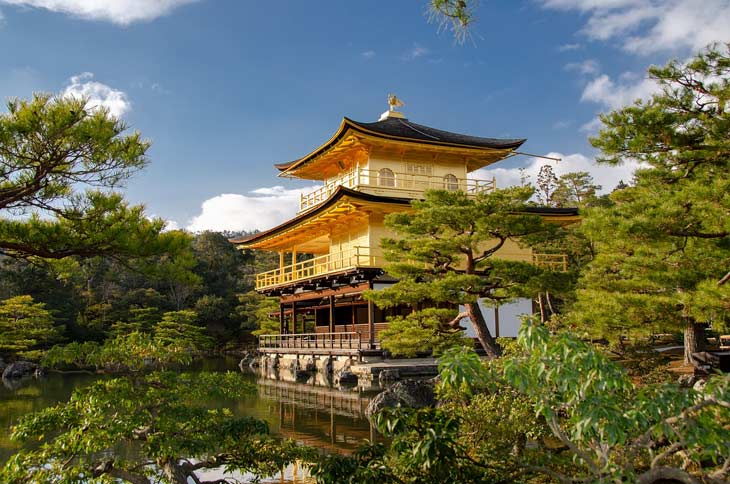
To be recognized as a UNESCO World Heritage Site, a place must meet at least one of the ten criteria established by UNESCO.
The process of nomination and evaluation is rigorous, ensuring that only the most deserving sites receive this prestigious recognition!
Being designated as a UNESCO World Heritage Site comes with great responsibilities just a few of these responsibilities are:
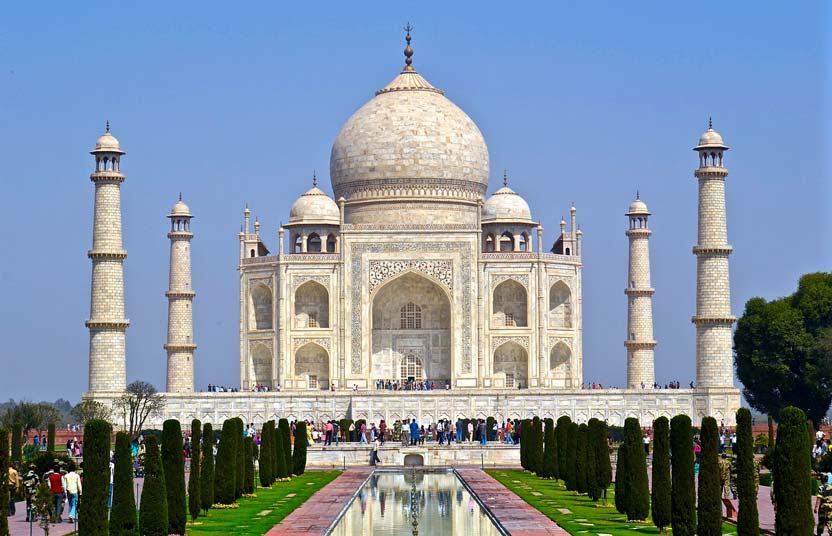
UNESCO World Heritage Sites are managed by the countries in which they are located.
Preserving these precious sites involves a mix of national legislation, meticulous management plans, and collaborative efforts. Countries enact laws to safeguard their Sites, while management plans lay out strategies for conservation and responsible tourism. It’s a team effort that involves governments, UNESCO, local communities, and international support.
This collaboration between nations and people plays a vital role in safeguarding these exceptional places for future generations.
UNESCO World Heritage Sites play a crucial role in sustaining the environment. They provide sanctuaries for biodiversity and educate visitors about ecological challenges, while also setting examples for sustainable practices that can ripple across the globe.
UNESCO World Heritage Sites play a crucial role in sustaining the environment. They set examples for sustainable practices that can ripple across the globe. By protecting and conserving these areas, UNESCO World Heritage Sites contribute to the preservation of biodiversity, the mitigation of climate change, and the promotion of sustainable development. They serve as living laboratories for studying and understanding the natural world!

Despite their significance and protection, UNESCO World Heritage Sites face various challenges. Climate change, natural disasters, urbanization, and tourism can pose threats to the integrity and authenticity of these sites.
Balancing the preservation of the Sites with the need to accommodate visitors and generate sustainable tourism is an ongoing challenge. Effective management, community involvement, and international cooperation are essential in addressing these challenges.
These Sites contribute to local economies by generating revenue from tourism and creating job opportunities in the tourism industry.
UNESCO World Heritage Sites are major tourist attractions, drawing millions of visitors each year. They offer unique cultural and natural experiences, providing a deeper understanding of our shared heritage.
However, it is crucial to manage tourism sustainably to ensure the long-term preservation of these important Sites!
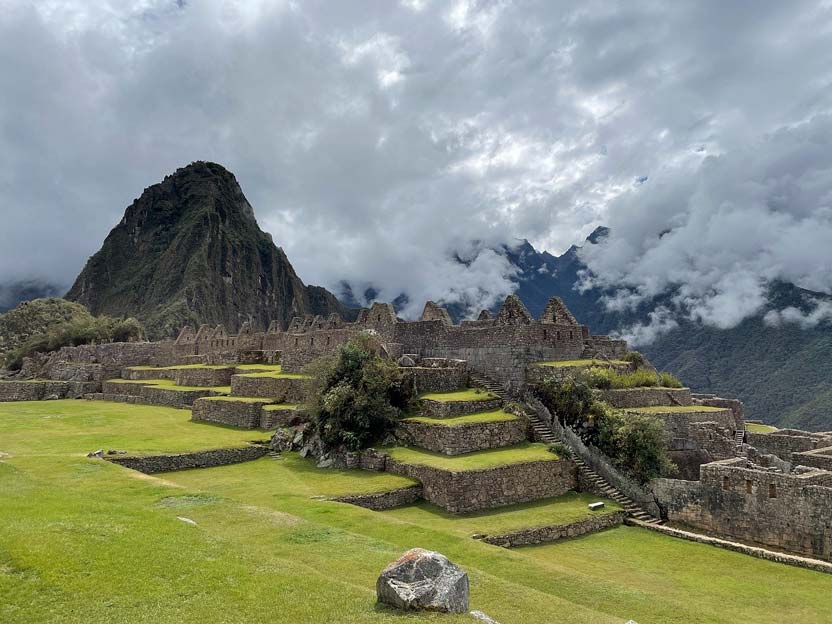
The most visited UNESCO World Heritage Site in the world is the Forbidden City in Beijing, China. It has been visited by an average of 15 million people annually since 2012. The Forbidden City is a palace complex that was in use from the Ming Dynasty in 1420 to the end of the Qing Dynasty in 1912. It was the home of the emperors and families and was the political and cultural center of the Chinese government.
Other popular UNESCO World Heritage Sites that draw significant numbers of visitors include the Great Wall of China, the Taj Mahal in India, and Machu Picchu in Peru. These sites captivate travelers with their beauty, history, and cultural significance.
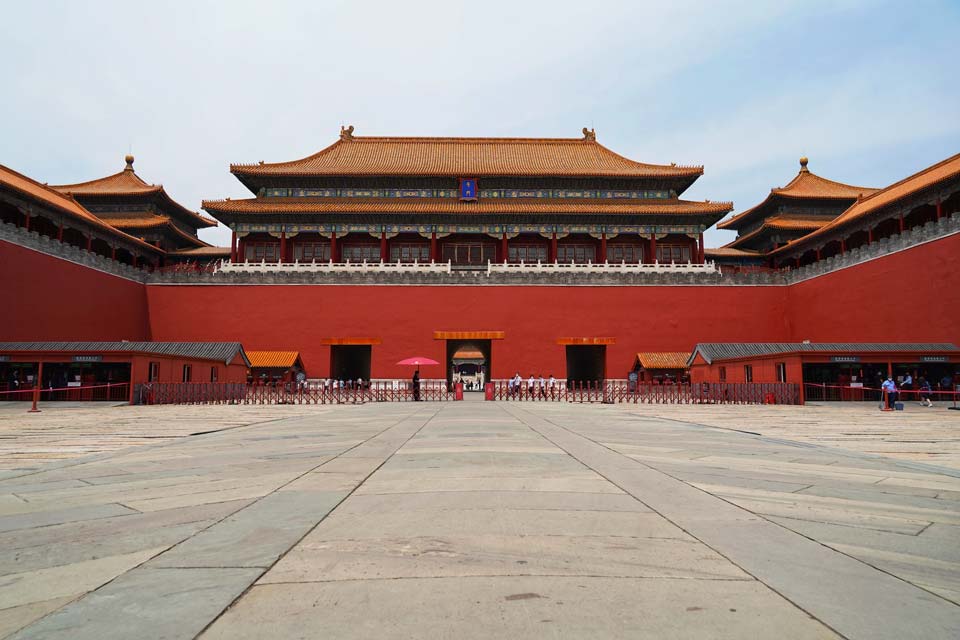
In addition to the well-known Sites mentioned above, there are numerous other UNESCO World Heritage Sites that deserve recognition. Here are a few examples:



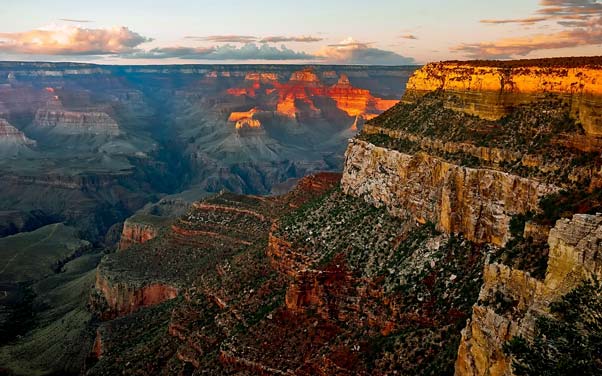
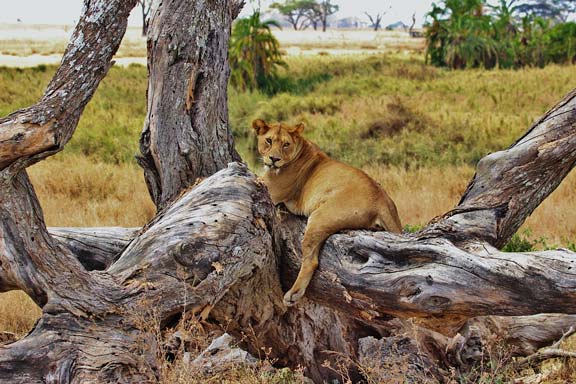
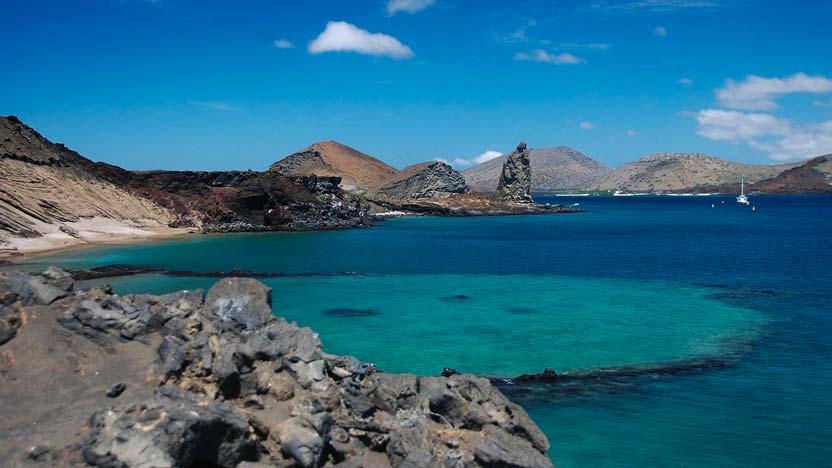
UNESCO World Heritage Sites are some of the most remarkable and unique places on Earth. They represent the cultural and natural diversity of our planet and are a testament to human creativity and ingenuity. By protecting and preserving these sites, we can ensure that they continue to inspire and educate future generations. The significance of these sites goes beyond their beauty and historical value. They play a crucial role in sustaining the environment, promoting sustainable development, and contributing to local economies. However, they also face various challenges, including climate change, natural disasters, urbanization, and tourism. Effective management, community involvement, and international cooperation are essential in addressing these challenges. By working together, we can ensure that these exceptional places are protected and preserved for generations to come!

All information in this Article and list was sourced directly from UNESCO, you can check out their official website here.